Throughout the world, clean air is a precious resource that can be hard to come by. You don’t need to live in a metropolis to be breathing in toxic fumes every day. All you need to do is live in a city or near a major road. While it would be nice if us humans were unaffected by pollution, the fact is, we are.
Pollution isn’t often what people think about when evaluating where to live. I hadn’t considered it at all before getting sick. After all, America has relatively little pollution, right? By the time I realized how much it was affecting me, many of my body’s core functions had shut down. My digestive system, thyroid gland, menstrual cycle, thinking, and memory were all shot. I was chronically exhausted and experienced severe anxiety. As soon as I moved away from the polluted city I lived in, and removed indoor air pollution sources, all of these symptoms abated and my health improved dramatically.
Health Impacts
Poor air quality has long been associated with increasing the risk of asthma and cardiovascular diseases, such as heart disease and stroke1. Increasingly, studies are linking air pollution to a myriad of other ailments, including:
- Auto-immune diseases2 such as multiple sclerosis3,4 and inflammatory bowel disease5
- Mental health: depression, anxiety, cognitive impairment6,7
- Migraines8
- Reproductive disorders such as decreased fertility1
- Cancer: especially lung cancer and childhood leukemia1,9
- Obesity9
- Death1,9,10
Additionally, those with pre-existing health issues are more vulnerable to the effects of air pollution2. Keep in mind that many of these conditions are linked to the increased stress2,3,6,7,9 pollution puts on the body. In conjunction with other stressors, health can deteriorate faster.
For me personally, air pollution causes immediate symptoms such as brain fog, anxiety, fatigue, nausea, and occasionally vertigo or headaches. In the long term, it was one of the underlying causes for my severe gastrointestinal dysfunction.
Pollution levels in your area
Per county/city
While America has clean air on average, the cities, where the majority of people live, are often filled with noxious gases. The following map shows how much pollution, in tons per square mile, is generated across the United States in just one year!
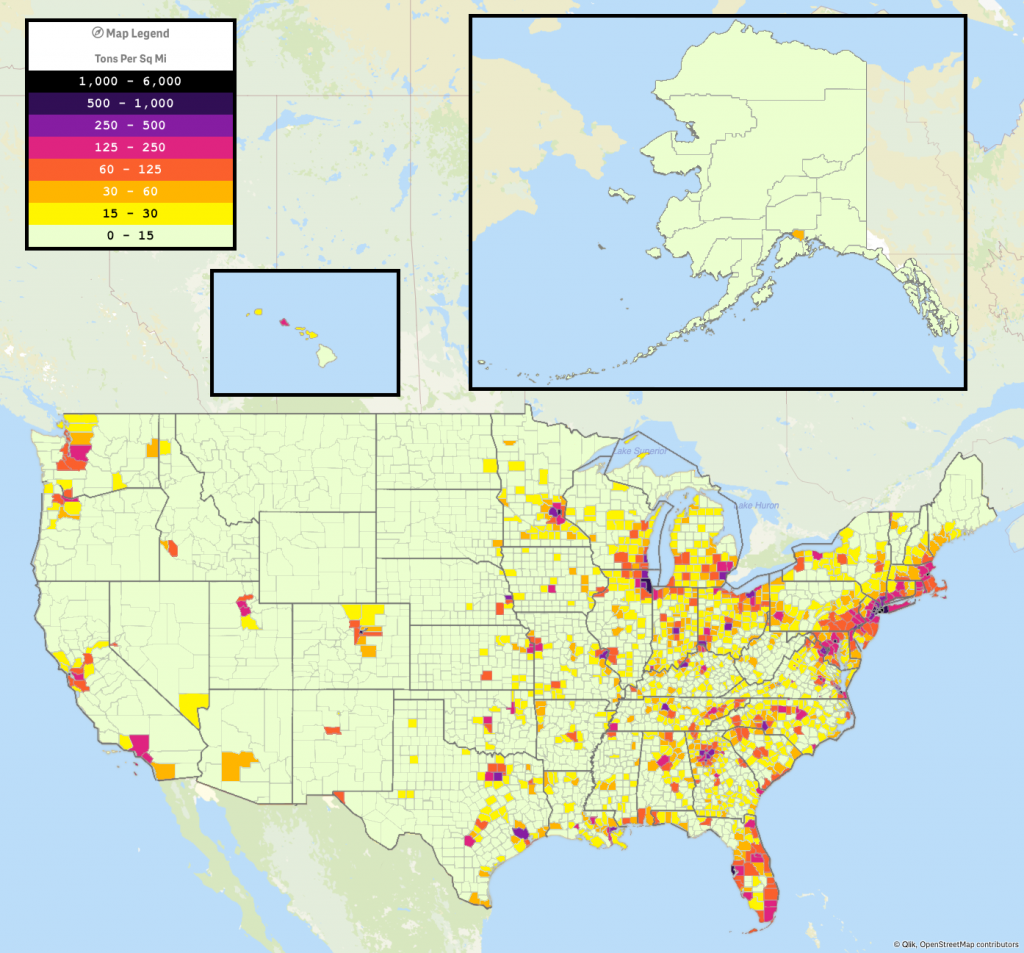
Check out the interactive map created by the EPA to see how your region compares!
National Emissions Inventory (NEI) 2014 report
Some regions are much worse than others, as the map above shows. The top 50 pollution generating locales are shown in the table below:
Top 50 Air Pollution Generating Counties/Cities in the U.S.
Compiled from data available in the National Emissions Inventory (NEI) 2014 report| State | County | Yearly Air Pollutants (Tons/SqMi) |
|---|---|---|
| New York | New York | 5866.565901 |
| New York | Kings | 1394.151366 |
| New York | Queens | 1209.173434 |
| New York | Bronx | 1170.324672 |
| Massachusetts | Suffolk | 1004.228225 |
| District Of Columbia | District of Columbia | 943.4711786 |
| New Jersey | Hudson | 892.9124233 |
| Virginia | Falls Church city | 863.9461447 |
| Virginia | Arlington | 826.8086647 |
| California | San Francisco | 821.887115 |
| Virginia | Alexandria city | 770.48706 |
| Virginia | Norfolk city | 739.2234925 |
| Pennsylvania | Philadelphia | 687.7453213 |
| Colorado | Denver | 645.5298784 |
| Missouri | St. Louis city | 592.0719799 |
| New York | Richmond | 591.3341689 |
| Illinois | Cook | 579.0453929 |
| Virginia | Fairfax city | 574.1311223 |
| Maryland | Baltimore city | 566.0260094 |
| New York | Nassau | 540.9121895 |
| Florida | Pinellas | 539.404278 |
| Virginia | Charlottesville city | 534.7223682 |
| Minnesota | Ramsey | 527.4232768 |
| New Jersey | Union | 520.3394721 |
| Virginia | Richmond city | 512.3625853 |
| Virginia | Fredericksburg city | 510.0225598 |
| Virginia | Manassas Park city | 508.6543262 |
| New Jersey | Essex | 506.6792439 |
| Indiana | Marion | 462.6676787 |
| Illinois | DuPage | 457.8029848 |
| New Jersey | Bergen | 457.4688103 |
| Virginia | Winchester city | 417.1973095 |
| Wisconsin | Milwaukee | 410.6978581 |
| Virginia | Hampton city | 410.064417 |
| Virginia | Harrisonburg city | 395.8870008 |
| Ohio | Cuyahoga | 395.2031247 |
| Virginia | Newport News city | 380.1198999 |
| Missouri | St. Louis | 371.8517794 |
| Michigan | Wayne | 370.4821575 |
| Minnesota | Hennepin | 365.45601 |
| Virginia | Roanoke city | 359.8376371 |
| Louisiana | Orleans | 354.1427481 |
| Georgia | DeKalb | 349.371343 |
| Virginia | Portsmouth city | 348.0114254 |
| Virginia | Manassas city | 338.2847948 |
| Virginia | Colonial Heights city | 338.0653114 |
| Texas | Dallas | 334.6709785 |
| Kentucky | Jefferson | 331.3842094 |
| Georgia | Cobb | 324.7041215 |
The values shown in the table and map are averaged across an entire region. Sometimes this can give misleading numbers. For example, King County Washington is home to Seattle and its surrounding metropolitan area. However, this county is huge and also contains an expansive amount of countryside. Out in the country, pollution is extremely low, while in the city it’s quite high. Therefore, averaging the pollution of the county as a whole gives a false impression. In reality the major cities contain higher levels than this average while the countryside contains lower levels.
Immediate surroundings
Knowing how bad your general area is just gives a baseline. Pollution levels can vary a lot within a county or a city.
Cities and roads
Automotive traffic is one of the leading sources of air pollution within cities. The further away you live from a major road, the cleaner the air gets. Pollution levels are highest within 500 feet of a major road and can take over a quarter mile to dissipate11. It’s no secret that tons of fumes and particulates are produced by major traffic sources. If you’ve ever seen snow banks near a busy road in winter, you know how black they get from all the nearby exhaust. It’s not what you want to live next to and breath in every day!
Trees and plants
Living walls of greenery help reduce how far pollution spreads from its source. Vegetation works best when it is somewhat dense, wide, and tall. One recommendation is that these barriers be at least 5 meters (16 feet) wide11. You can think of an effective green barrier like a sponge or a carbon filter. Particulates stick to the vegetation as they filter through. Without filtration, the pollution will slowly settle and dissipate, but will spread much further from their source.
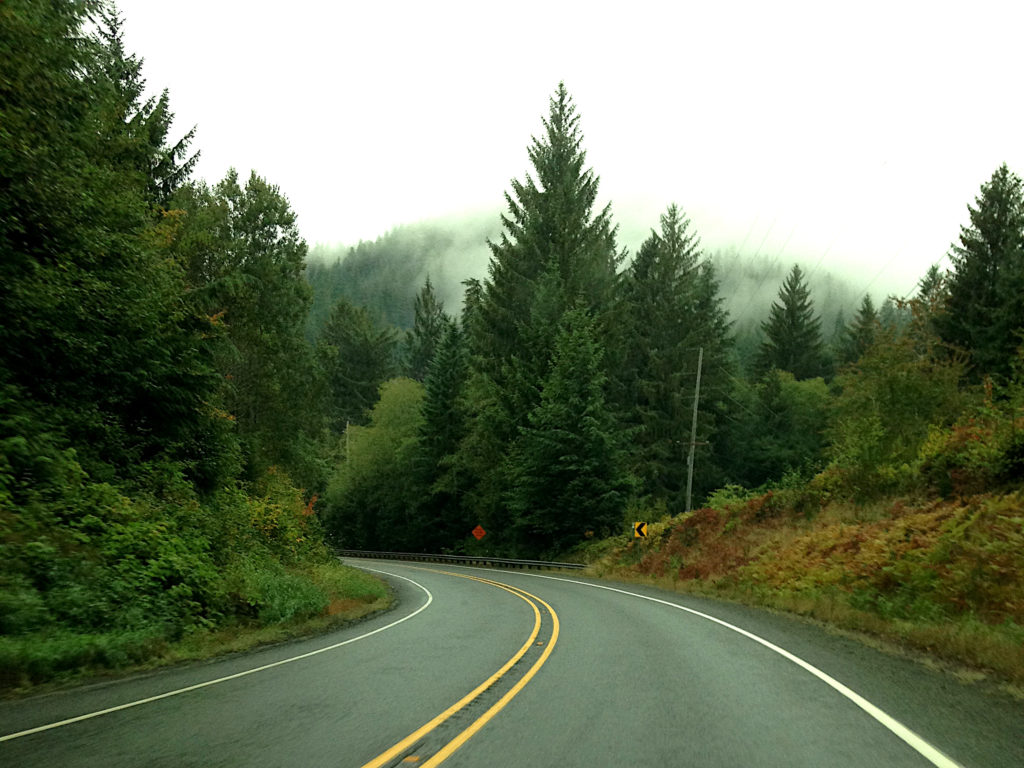
Sources of pollution
Transportation
Vehicle emissions are by far the biggest contributor to city pollution. As cities grow, more people drive, commutes lengthen, and rush hour traffic worsens. All of this adds to increasingly high quantities of exhaust filling the air. The small silver lining is that more fuel efficient cars are now being driven, somewhat offsetting the increased traffic load.
Airports are an often overlooked hub of pollutants. Planes flying daily in and out generate a lot of exhaust! Other forms of transportation such as trains, boats and ships, tractors, and recreational vehicles such as snow mobiles, 4-wheelers, and dirt bikes also contribute to air pollution.
Industry
Fortunately, in our modern age, the harmful emissions from factories and other industries have been dramatically reduced from times past. Strict environmental standards have aided us in reducing what was traditionally a major contributor to city smog. Factories still release contaminants, even if in much lower quantities than in the past, so industrial areas will have additional pollution from this source.
Smoke
Fires
Forest fires dramatically increase the pollution levels while they rage. Summer fires on the West Coast are particularly large and problematic, typically a yearly concern. Controlled burns also add to smoke in the air, but at a far reduced rate than the forest fires they are used to help prevent.
Burning wood for fuel
A seasonal hazard for areas in the North is wood burned as fuel during the cold winter months. Though wood is cheap, it generates a lot of pollution. Not only does it add to the particulate level in the general area, most smoke is released straight into the indoor air of homes that use it. If you burn wood during the winter, consider the high cost not only to others, but to yourself!
Burning refuse piles
While this is a convenient way to remove debris from your property, it too adds to the pollution levels. Instead of burning, consider composting or hauling refuse to a facility that will handle it responsibly.
Inversions
These are another seasonal hazard during the winter months. An inversion occurs when cold air sinks into a region and warm air rises above it. The cold air traps pollutants in it. While an inversion is in effect, pollution builds up day by day, often reaching extremely unhealthy levels10. Certain locations are more commonly affected than others, especially cities that lie in valleys. For these residents, inversions may be a common occurrence during winter. Signs that one is in effect include low lying regions experiencing much lower temperatures than the surrounding higher elevations and smog.
Conventional farms
Conventional farms, farms that don’t practice organic methods, use a wide variety of dangerous chemicals. Crops are sprayed with harmful pesticides which then disperse into the surrounding air12. While this isn’t a pollutant that generally affects city dwellers, except by eating said products, it’s something to be aware of if you live in or near a farming community.
Other air pollutants come from intensive animal rearing practices. Thousands of animals penned in close quarters generate a lot of waste, so much that it can’t be easily absorbed into the environment. Instead, clouds of ammonia, a well known toxin, collect around such establishments. On the up side, as ammonia is highly pungent and caustic, it’s unlikely you would be exposed without knowing it.
Mitigation
It’s best to avoid air pollution as much as possible by living away from big cities and busy roads. For those that don’t wish to abandon city life, there are some ways to lessen the severity of the surrounding air, though the following improvements will only help so much.
Air filtration units
For indoor spaces, you can purchase an air filtration unit that can filter out VOCs, Volatile Organic Compounds. It’s important to note that a HEPA filter alone will only trap small particles; it will not cleanse the air of toxic fumes such as those given off by car exhaust. Air filters help most in bedrooms, offices, and other rooms you spend a lot of time in. Cleaner air promotes deeper sleep, and getting a good nights sleep lowers overall stress. So, if you have to pick one room, pick the bedroom.
Air filtration face masks
These aren’t the most fashionable items, but if you are sensitive to air pollution, they can be a life-saver. It’s impossible to avoid pollution all the time. Sometimes you need to head into high-traffic areas or visit family in the big city. Wearing a mask can be the difference between normalcy and feeling like you’re dying.
A good mask will have both HEPA and VOC filtration. If you plan to wear a mask a lot, I recommend getting one with replaceable filters so you can continue to use it for years.
The mask I currently use is made by Respro. It’s designed for people who wear a mask while engaging in outdoor activities, like biking or running, in polluted or dusty areas. It has a tight seal around the face, good airflow, and is rigid enough so it doesn’t get sucked in when you inhale. Please note, the sizing runs small, so order a size up from what their guidelines say! A size medium fits me perfectly and I’m a petite lady.
The first mask I tried was a Cambridge mask, which did a pretty good job filtering the air, although there were a some downsides for me. First, it didn’t provide an air-tight seal around my face. Second, if I used it while biking, moisture built up and quickly fogged up my glasses. Heavy breathing also caused it to get sucked to my face which then made breathing more difficult.
Avoid exercising in polluted areas
While exercise makes a good addition to a healthy routine, in polluted areas the deep breathing from moderate to heavy exertion sucks fumes and particulates deep into the lungs, and increases overall exposure to toxins. It’s much healthier to travel for a weekly hike or bike ride in the forest than to jog daily through the city. If you must exercise outdoors in the city, try to pick routes away from major roads. When traversing heavily polluted areas, I highly advise wearing a good air mask.
Reducing pollution
No longer is the majority of pollution caused by factories and industry. We as individuals are to blame, most notably, by driving vehicles every day. The best solution for reducing emissions is to drive less!
Reduce vehicle emissions
- Walk or bike – The best option if you live close to where you need to go. This is an easy way to get in some exercise too!
- Mass transit – If you can, take a bus, train, or metro to where you need to go
- Carpool
- Don’t leave your car idling – Unless you have an electric or hybrid vehicle, idling just pumps exhaust into the air for no reason
- Avoid rush hour – Stop-and-go traffic wastes gas and adds more air pollution per distance traveled
- Use a more fuel efficient vehicle
- Electric – The best choice since they add no pollution to the region you drive in
- Plug-in electric – These vehicles can run on electricity for short distances, anywhere from 10-50 miles13 before switching to a standard combustion engine. This means they emit no pollution during short city drives.
- Hybrid – Using a combination of a combustion engine and chargeable battery, these vehicles are much more fuel efficient. The battery is what powers the car, the gas engine is what charges the battery. In a hybrid, idling and driving downhill burn no fuel because no power is needed from the battery. By contrast, a vehicle running only using a combustion engine must burn gas constantly to keep the engine running, even if stopped at a light. In a hybrid, since gas is only used to charge the battery, the gas engine is started and runs until the battery is recharged, then the engine is killed again.
Reduce smoke
- Use gas or electric heating instead of wood or coal
- Don’t burn debris piles
- Be aware of fire bans. Don’t be the person that starts a forest fire
Discourage pesticide use
Buy organic or local products that were farmed without the use of toxic pesticides, insecticides, or herbicides
Every bit helps
Together we can all reduce how much we add to air pollution. You may not see a lot of personal gain by changing your habits, but it all adds up! For more tips on how to lower your emmisions, check out the EPA article on What You Can Do to Reduce Pollution from Vehicles and Engines.
- 1.How Mobile Source Pollution Affects Your Health. EPA: United States Environmental Protection Agency. https://www.epa.gov/mobile-source-pollution/how-mobile-source-pollution-affects-your-health. Published December 15, 2016. Accessed June 3, 2019.
- 2.Gawda A, Majka G, Nowak B, Marcinkiewicz J. Air pollution, oxidative stress, and exacerbation of autoimmune diseases. cejoi. 2017:305-312. doi:10.5114/ceji.2017.70975
- 3.Esmaeil Mousavi S, Heydarpour P, Reis J, Amiri M, Sahraian MA. Multiple sclerosis and air pollution exposure: Mechanisms toward brain autoimmunity. Medical Hypotheses. March 2017:23-30. doi:10.1016/j.mehy.2017.01.003
- 4.Heydarpour P, Amini H, Khoshkish S, Seidkhani H, Sahraian MA, Yunesian M. Potential Impact of Air Pollution on Multiple Sclerosis in Tehran, Iran. Neuroepidemiology. 2014:233-238. doi:10.1159/000368553
- 5.Kaplan GG, Hubbard J, Korzenik J, et al. The Inflammatory Bowel Diseases and Ambient Air Pollution: A Novel Association. American Journal of Gastroenterology. November 2010:2412-2419. doi:10.1038/ajg.2010.252
- 6.Jia Z, Wei Y, Li X, et al. Exposure to Ambient Air Particles Increases the Risk of Mental Disorder: Findings from a Natural Experiment in Beijing. IJERPH. January 2018:160. doi:10.3390/ijerph15010160
- 7.Fonken LK, Xu X, Weil ZM, et al. Air pollution impairs cognition, provokes depressive-like behaviors and alters hippocampal cytokine expression and morphology. Mol Psychiatry. July 2011:987-995. doi:10.1038/mp.2011.76
- 8.Szyszkowicz M, Kousha T. Air Pollution and Emergency Department Visits for Headache and Migraine. Health Scope. May 2016. doi:10.17795/jhealthscope-35122
- 9.Holgate S, Agius R, Ashton J, et al. Every Breath We Take: The Lifelong Impact of Air Pollution. Royal College of Physicians. Report of a working party. London: RCP; 2016:123. https://www.rcplondon.ac.uk/projects/outputs/every-breath-we-take-lifelong-impact-air-pollution. Accessed June 2, 2019.
- 10.Transport and public health . European Environment Agency. https://www.eea.europa.eu/signals/signals-2016/articles/transport-and-public-health. Published September 30, 2016. Accessed June 4, 2019.
- 11.Baldauf R, McPherson G, Wheaton L, et al. Integrating Vegetation and Green Infrastructure into Sustainable Transportation Planning. TR News. 2013;(288):14-18. https://www.fs.fed.us/psw/publications/mcpherson/psw_2013_mcpherson006_baldauf.pdf.
- 12.Public Health Impact of Pesticides Used in Agriculture. Geneva: World Health Organization; 1990. https://apps.who.int/iris/handle/10665/39772. Accessed June 5, 2019.
- 13.FAQ. Plug-in Hybrid & Electric Vehicle Research Center. https://phev.ucdavis.edu/about/faq-phev/. Accessed June 5, 2019.

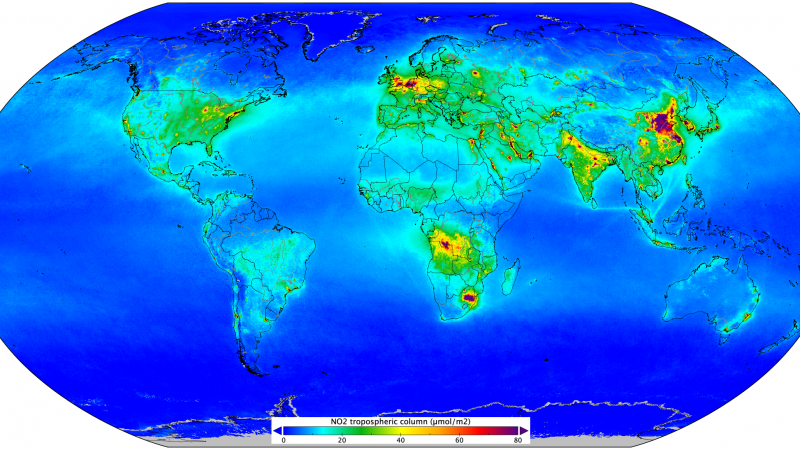
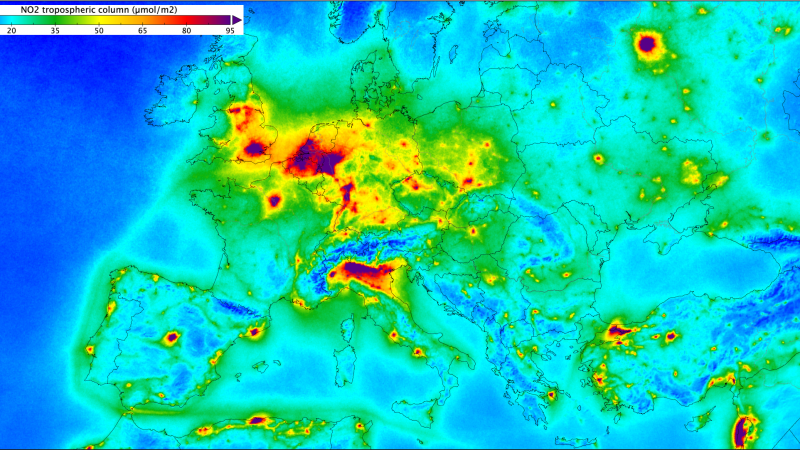
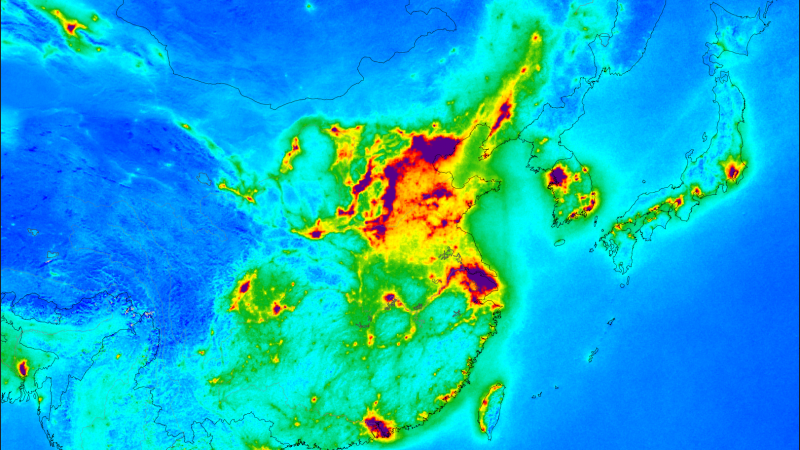
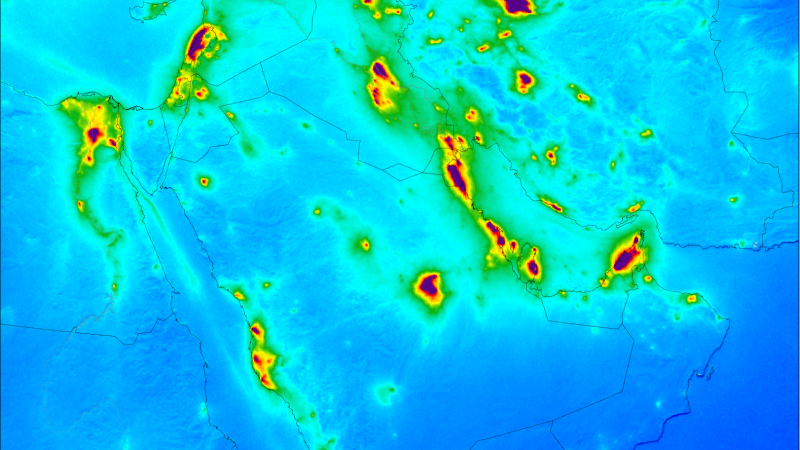
Leave a Reply